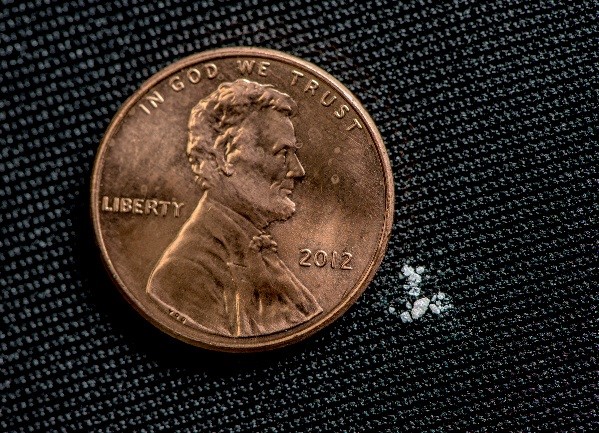
From John F. Kennedy to Princess Diana, there are certain public deaths that capture the attention of the world. Have you ever wondered what Whitney Houston’s final moments were like, or what it feels like to be hunted like Muammar Gaddafi before being killed? No more speculation is required, because Dutch scientists have recreated the deaths of some of the world’s most famous personalities in an exhibit found at the Museum of the Image in the Netherlands.Here, some of the most famous deaths are reconstructed using scents and sounds.
In this exhibit, visitors are invited to lie in a series of four silver metal boxes, eerily similar to those found in a morgue. The boxes are pitch-black inside, and are rigged with piped leading to bottles containing pressurized smells. The visitors sit in complete darkness as the story of a celebrity’s death begins to be told. A soundtrack is played and different aromas are released into the box to recreate the final moment of the celebrity in question. For about five minutes, visitors can relive the smells and sounds that surrounded four people whose deaths are etched into the world’s memory: Kennedy (1963); Diana, Princess of Wales (1997); Muammar Gaddafi (2011) and Houston (2012).
Houston’s box transports the visitor from a dark, suffocating place to a bathtub at the upmarket Beverly Hills hotel where the famous singer died in February, 2012 at the age of 48. Using the notes provided by a coroner, scientists recreated the smells and sounds of the bathroom as Houston took her final breaths. The coroner ruled that the singer died of a combination of cocaine, heart disease, and accidental drowning. The visitor has a chance to experience this for his- or herself through the use of sounds and smells. The visitor first hears the sounds of splashing water and Houston’s voice, smelling the generic cleaner used in hotels around the world and the scent of the olive oil that the singer used in her tub. Then a strong chemical odor, recreating the scent of cocaine, follows; finally, there is the sound of rushing water and then silence.
Frederik Duerinck, from the communication and multimedia design faculty of Breda’s Avans university of applied sciences, explained the reasoning behind using scents to portray the celebrities’ deaths. He said, “Smell is rarely used in communication and we wanted to explore its uses… it’s a very powerful means of communication.” Scientists have proved that smells are linked to a section of the brain that regulates emotion and memory; for this exhibit, scientists purposefully activated this part of the brain to recreate the death scenes of four famous celebrities. In essence, the scientists behind the experiment are using this sense of smell to tell a story- in this case, a story of someone’s final moments.
One visitor, Riks Soepenberg, experience a recreation of Gaddafi’s last moments as the Libyan strongman who was hunted and killed by rebels in October 2011, hiding in a drainage pipe before being murdered. Soepenberg later stated, “You can watch pictures as many times as you want- it’s just not the same thing.”
Soepenberg articulates the most agreed-upon aspect of this exhibit- the immediacy and accessibility that comes with hearing and smelling things as they actually happen as opposed to just seeing a still moment in time. While the exhibit does erase the line between observation and experience, however, it leads to a question of ethics; is it appropriate to take the death of a living, breathing human being and turn it into a show for others to experience?
Even though some critics might argue that the Dutch exhibit sensationalizes the deaths of these four celebrities, many disagree. If anything, the exhibit is making it a reality for those who fail to see the celebrities as real people. The scientists at the Museum of the Image took the intimate and illicit nature of death and reconstructed it to allow the observance of an outsider group. Death can be replayed over and over again, while each experience by each individual visitor feels authentic and real.
Scientists took the crime of these deaths- overdose, murder, a fatal car accident- and created an exhibit that allowed others to become a part of it, not intrinsically connected to the story but an observer to a past incident. They reimagined the line drawn between the celebrity and the common person, leaving visitors with one poignant comment that stands out above all others: in death, we are all the same. It is in this way that the inventors of the “final moments” exhibit found a new way to “smell” old stories.







